Colombian Tamales (Bogotano Or Santafereño Style)
I was going to publish today’s recipe towards the end of the year which is when we usually make Colombian tamales at home to celebrate the holidays. But then I thought, why wait? Might as well publish it now and remind everyone that December is only three months away.
As I have said in previous posts, there are many different types of tamales in Colombia, the arriero style being one of my favorites because it’s the one I grew up eating and the way most people make them at home. But I do have to say that this Bogotano or Santafereño style is pretty awesome. Mainly because it has ingredients that I never thought of using to make a tamal, like Colombian longaniza (pork sausage) and chick peas.
Needless to say I didn’t use longaniza to make this batch because I can’t easily find it here in the US. I also thought of using Colombian chorizo but I didn’t have enough chorizos and going to the Latin store in the city where I live is an adventure that usually takes a couple of hours. So, I used the next best thing, kielbasa, which is a delicious Polish sausage that you can find pretty much anywhere. And sure enough, it went really well with the rest of the ingredients I used to make these tamales.
The recipe I use to make tamales is the same one I use for every tamal recipe I have published on this blog. Hey, if it ain’t broke, don’t fix it, right? It’s so simple and so flavorful that I always use it. I only change the ingredients for the filling like adding chicken, boiled eggs, or in this case, kielbasa and chick peas.
¡Buen provecho!
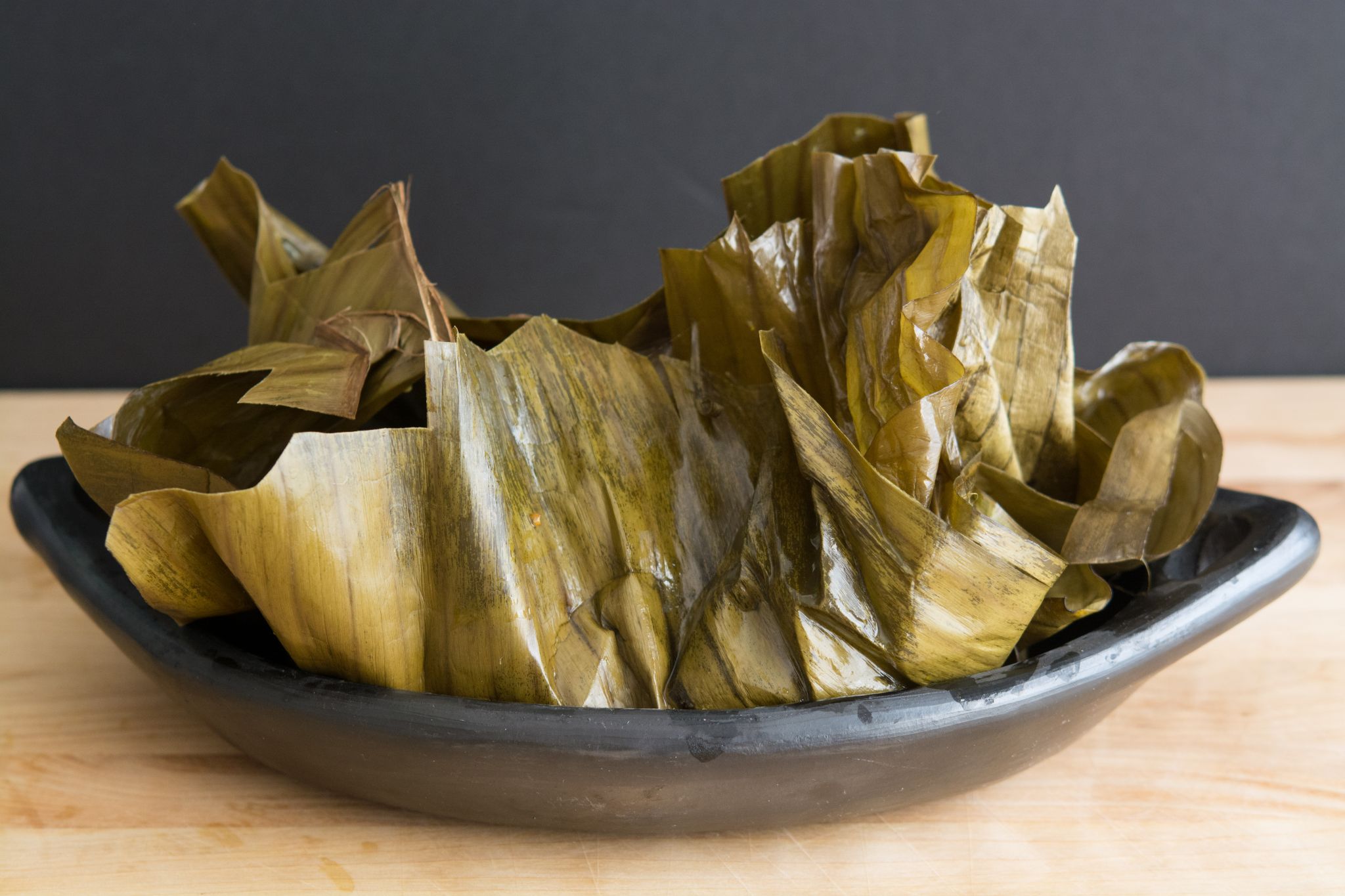
Colombian Tamales (Bogotano Or Santafereño Style)
Ingredients
Marinade
- ½ white onion
- 4 green onions (stalks only)
- 5 garlic cloves
- 4 tbsp food coloring/all-purpose seasoning (Triguisar, Sazón Goya or homemade)
- 3 cups 720 ml water
- Salt and pepper to taste
Guiso (Seasoned Sauce)
- 2 tbsp olive oil
- ½ white onion (finely chopped)
- 4 green onions (stalks only, finely chopped)
- 2 garlic cloves (finely chopped)
- ½ red bell pepper (finely chopped)
- 4 tomatoes without seeds (finely chopped)
- 1 tsp food coloring/all-purpose seasoning (Triguisar, Sazón Goya or homemade)
- 1 chicken bouillon
- Salt and pepper to taste
- ½-1 120-240 ml cup water
Filling
- 1 lb pork belly (cut into 15 pieces)
- 15 small pork ribs
- 15 chicken pieces (drumsticks, thighs, breasts, wings)
- 4 medium red potatoes peeled (cut into slices and soaked in water with salt and color)
- 3 medium carrots peeled (cut into slices and soaked in water with salt and color)
- 15 sprigs Italian parsley
- 2 cups 16 oz cooked chick peas (I usually use one can)
- 1 lb Colombian longaniza (Colombian chorizo or kielbasa cut into 15 pieces)
Masa (Dough)
- 8 cups 1.89 liters water
- 1 tsp onion powder
- 1 tsp garlic powder
- 1 chicken bouillon
- 1 tbsp food coloring/all-purpose seasoning (Triguisar, Sazón Goya or homemade)
- Salt to taste
- 1½ lb pre-cooked white corn meal
- 1 cup 150 g frozen or raw sweet peas
Wrapping
- 3-4 16 oz bags frozen banana leaves
- Butcher string
Instructions
- Day 1. The night before, blend all the marinade ingredients in a blender or food processor.
- Put the pork belly, pork ribs and chicken pieces in large resealable plastic bags or large plastic bowls and add the marinade. Cover and refrigerate overnight.
- If you're using frozen banana leaves, you can thaw them out by leaving them in the fridge overnight.
- Day 2. Carefully take the banana leaves out of the bag and cut them into rectangles, approx. 20 inches long (50 cm).
- Clean both sides of each leaf with a damp cloth or paper towel. If the leaves are fresh and stiff, you can pass them over a stove burner set to low or medium low for a few seconds to soften them. This also helps to avoid cracks.
- Peel and cut the potatoes into thick slices and place them in water in a medium bowl. Season the water with salt and the all-purpose seasoning to taste if you want.
- Peel and cut the carrots into slices and place them in water in a small container. Season the water with salt to taste if you want.
- To make the guiso or seasoned sauce: In a large pan, heat the olive oil over medium heat and add the onion, cook for 3-5 minutes or until it is translucent. Add the green onions and garlic and cook for 1-2 more minutes. Now add the red bell pepper and the tomatoes, reduce the heat to low and cook for about 8-10 minutes or until the vegetables are soft. Add the all-purpose seasoning, chicken bouillon and salt and pepper. Stir well and add about ½-1 cup of water to thin it out.
- To make the masa (dough): Place the water for the masa in a large pot, add the onion powder, garlic powder, chicken bouillon, all-purpose seasoning and salt. Heat the water on the stove without bringing it to a boil. Then, slowly add the pre-cooked corn meal and stir with a spatula or a wooden spoon until it looks like very thick oatmeal. If the masa gets dry, you can add more water. Add the peas to the masa, stir well and remove from the stove.
- To assemble the tamales: Place two banana leaves (or more, if needed) one on top of the other in the form of a cross. Make sure the underside (the side with the grooves or veins) is facing up and the top side (smooth) is facing down.
- Spread about about ¼-½ cup of masa over the leaf with a spoon.
- Add one tbsp of guiso over the masa.
- Place on sprig of parsley over the guiso.
- Place 2 potato slices and 2 carrot carrot slices in the masa.
- Add about 3-4 tbsp chick peas.
- Now add 1 piece of longaniza, 1 pork rib, 1 piece of pork belly and 1 piece of chicken over the masa. If you want, you can add more masa on top.
- Close the tamal by placing the sides of the leaf towards the center and tucking them in, fold in the top and bottom sides as well to make a packet. Tie it all up with butcher string. Repeat this process with every single tamal.
- To cook the tamales: Fill ¼ of a large pot (tamalera) with water and season with salt. Then, place a steam rack inside the pot to prevent the tamales from touching the bottom or the water, bring the water to a boil. Note: If you don't have a steam rack you can place sticks, small rocks or left over banana leaves in the bottom of the pot instead.
- Place the tamales on the steam rack one on top of the other and steam them on low heat for about 2 hours. Check the water level every 30 minutes to prevent it from evaporating completely.
- Once the tamales are ready, take them out and let them rest for a few minutes before serving.
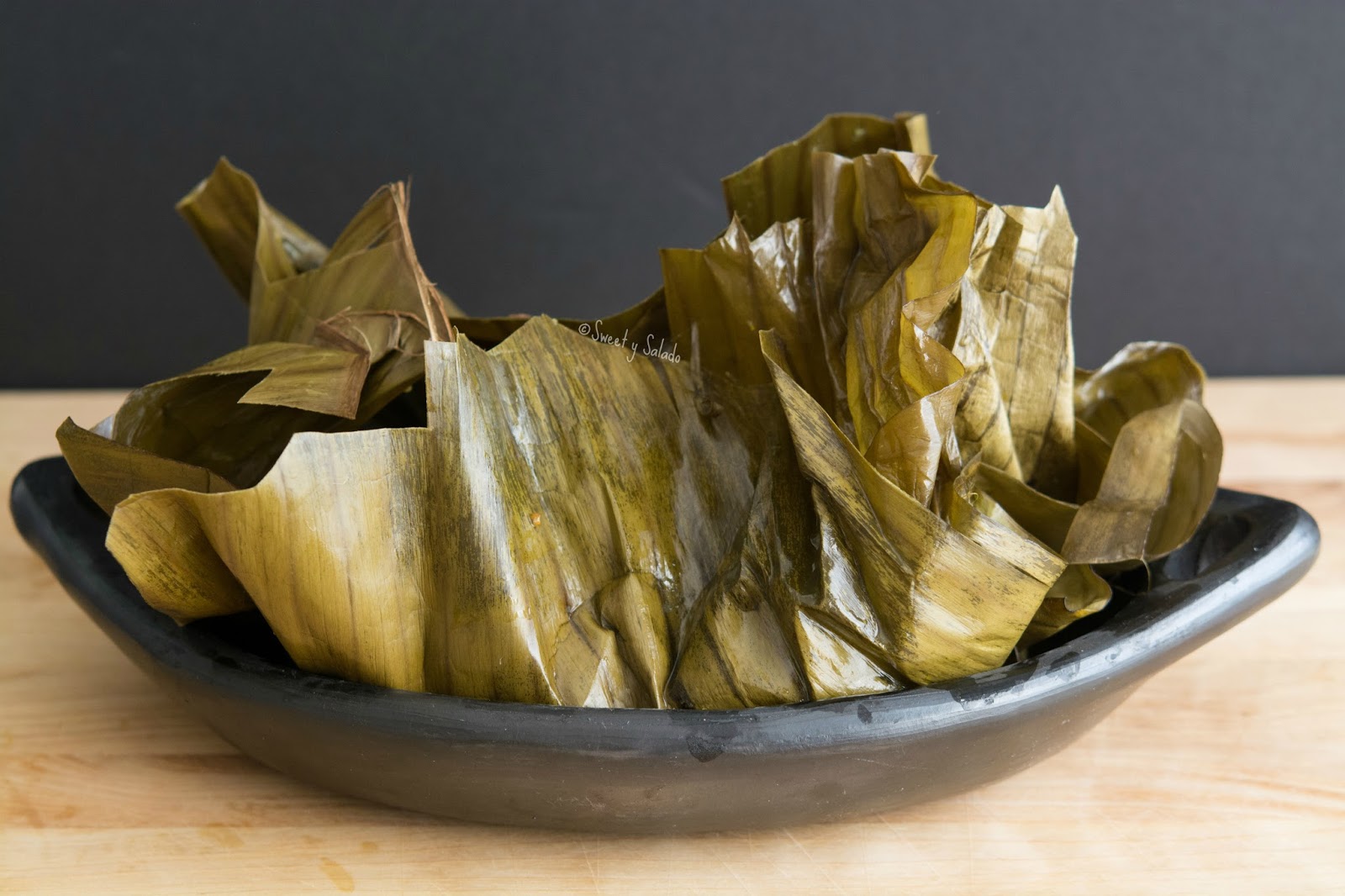
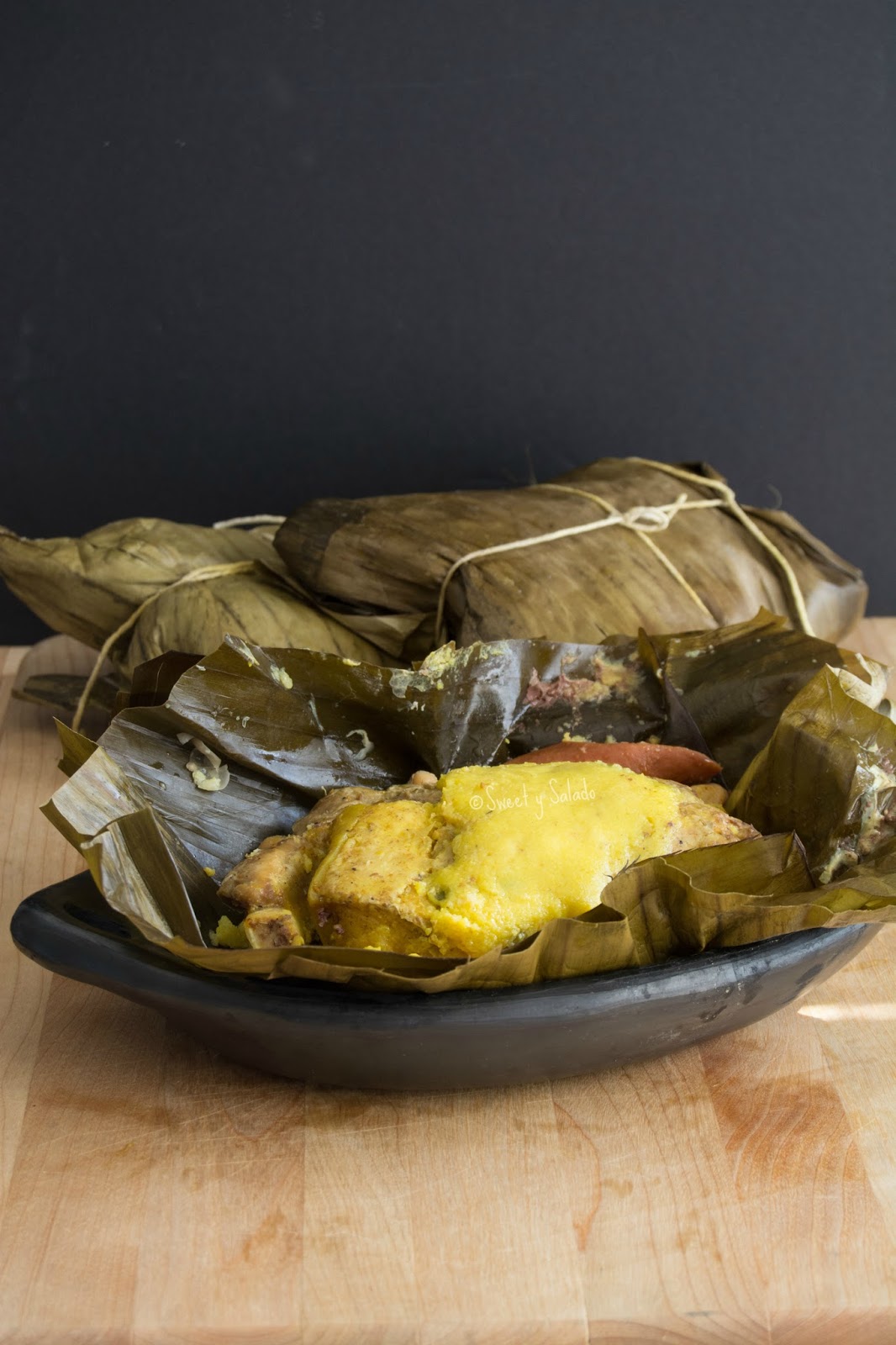
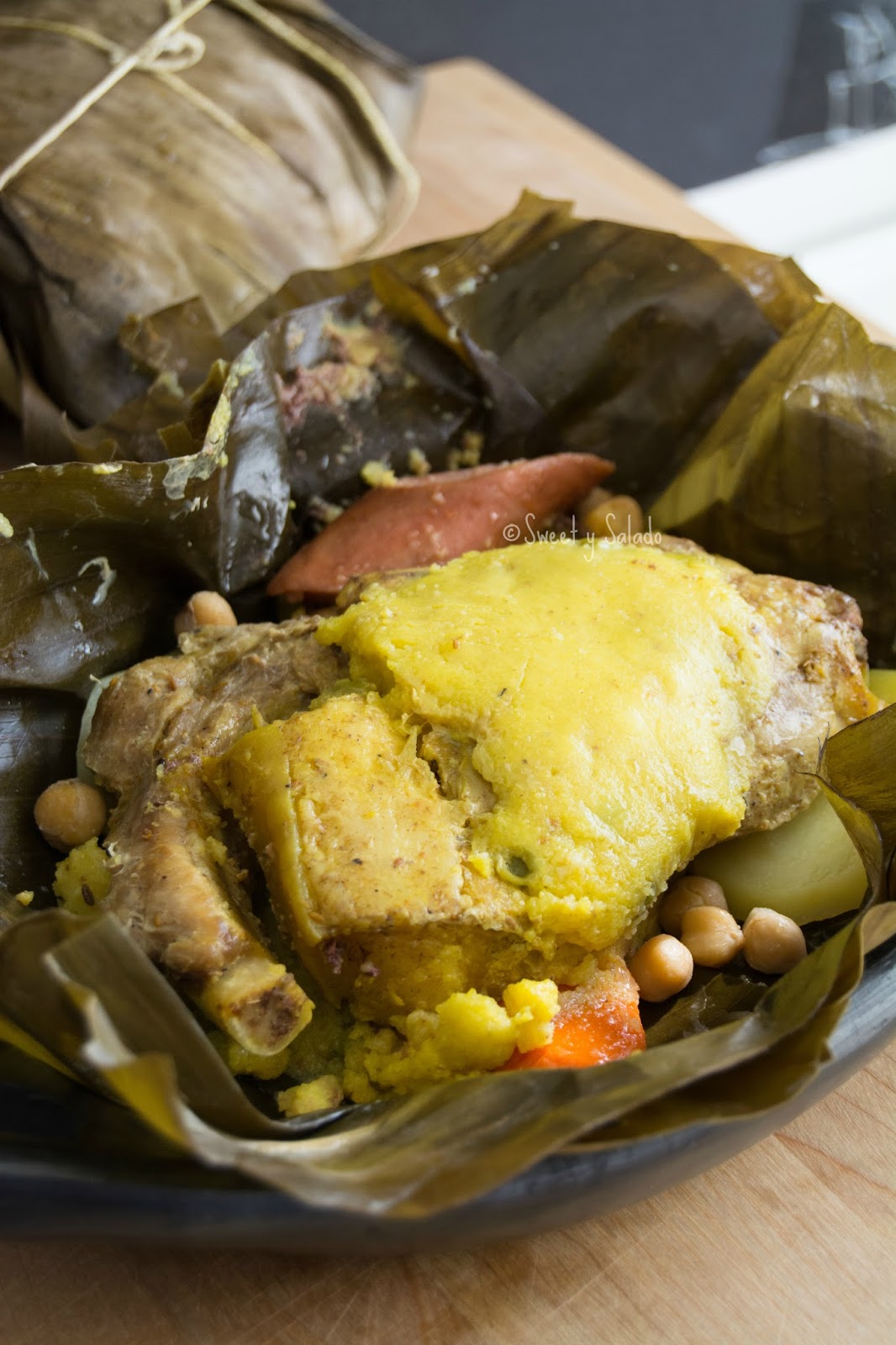
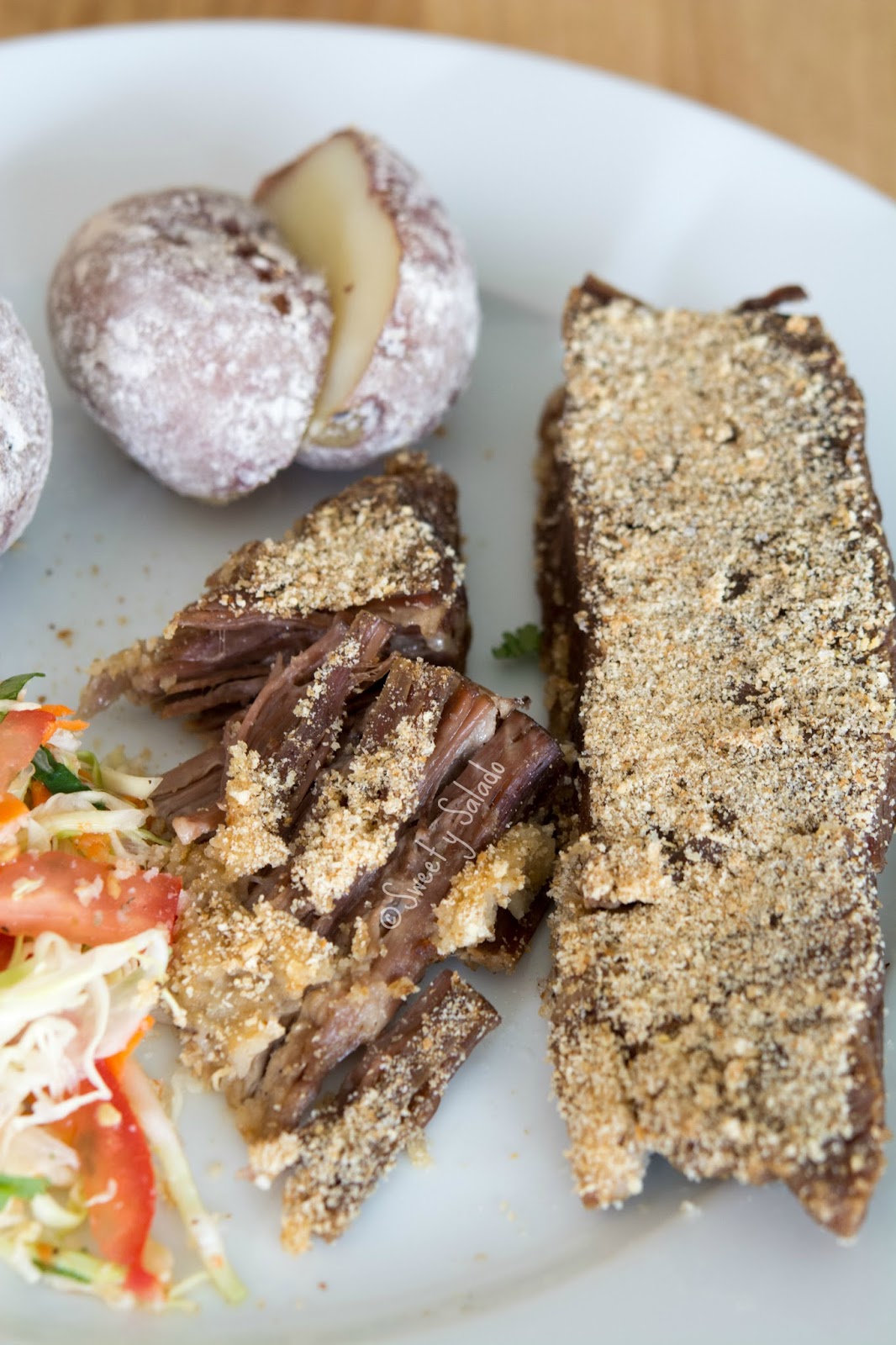
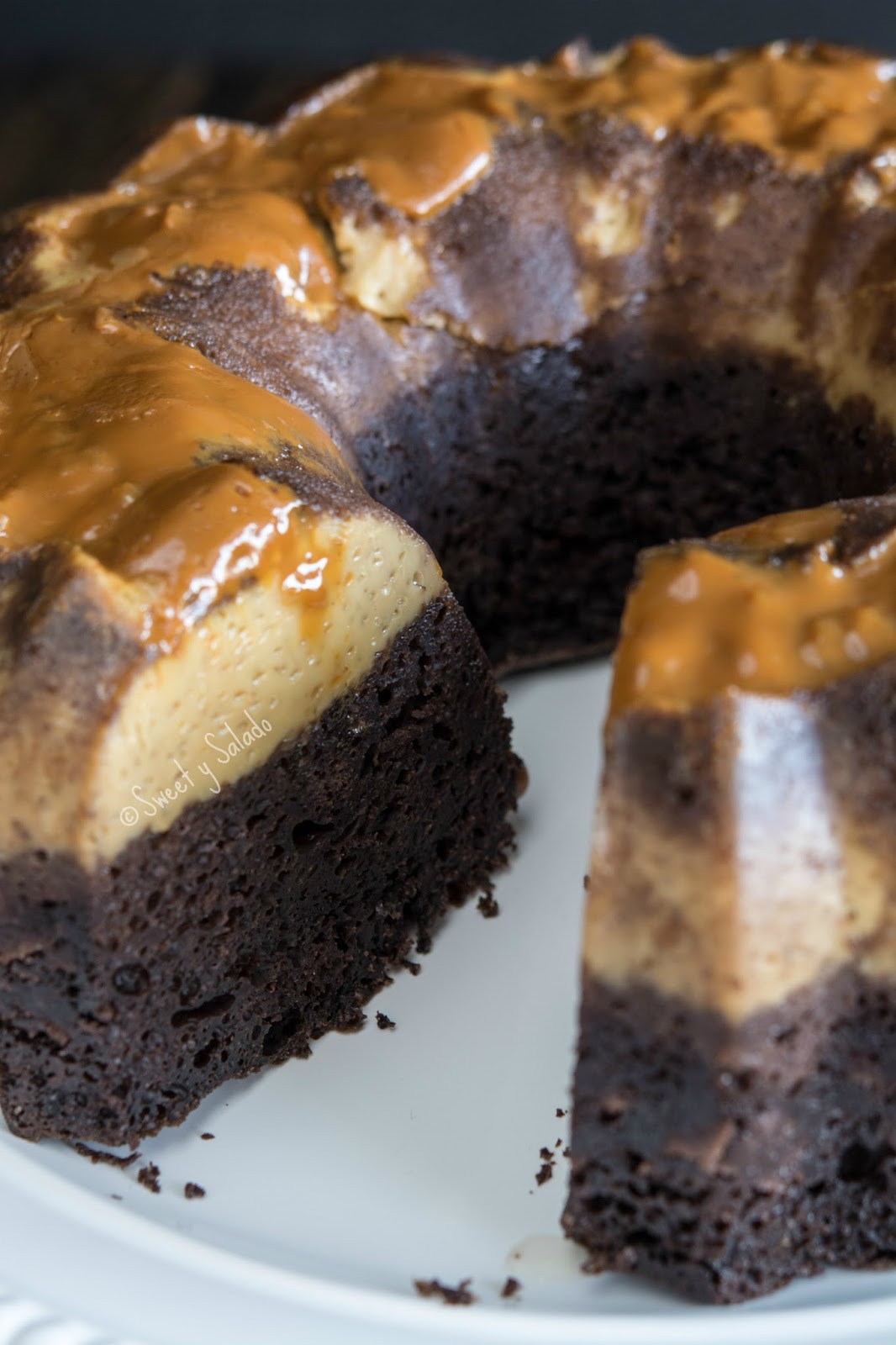

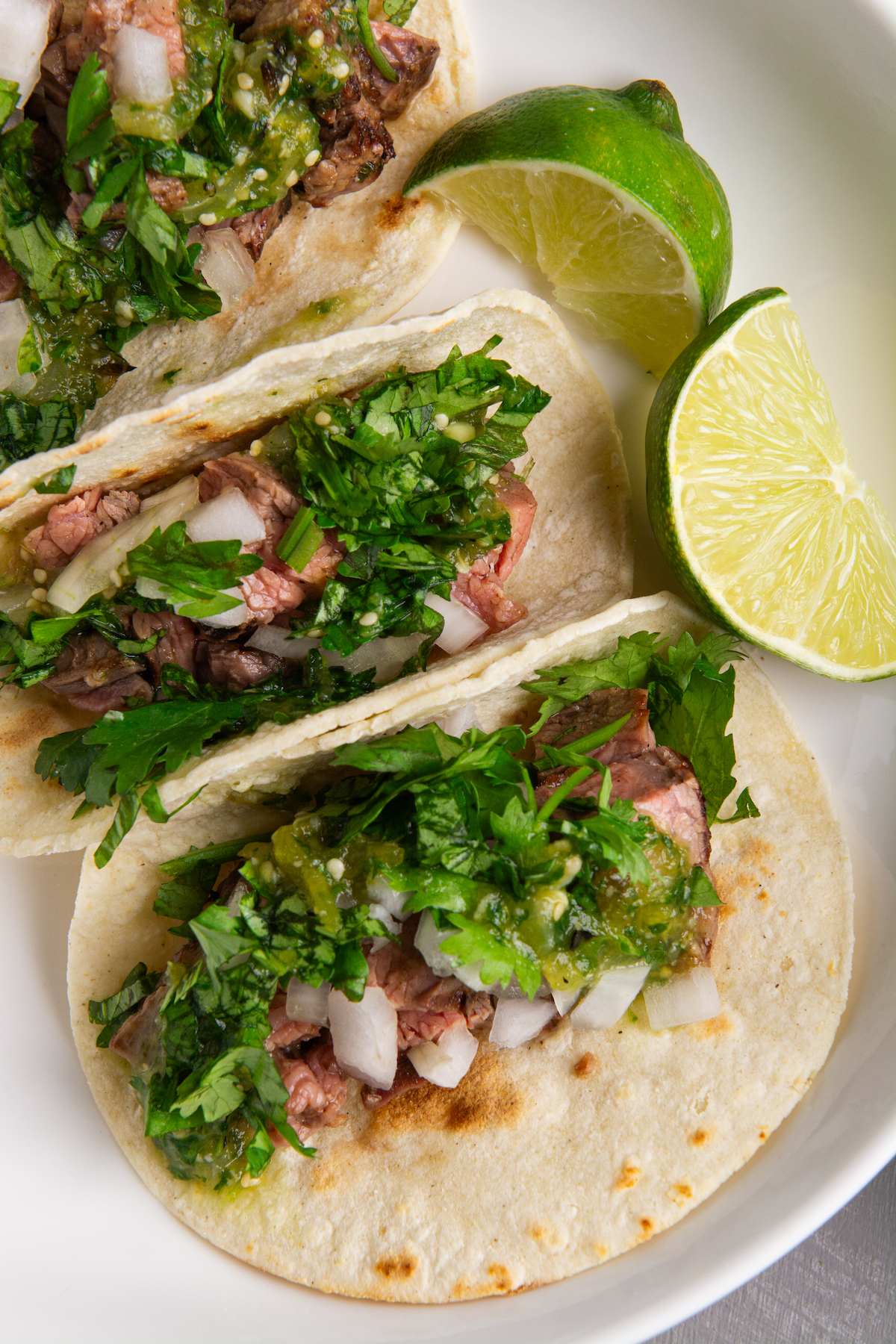
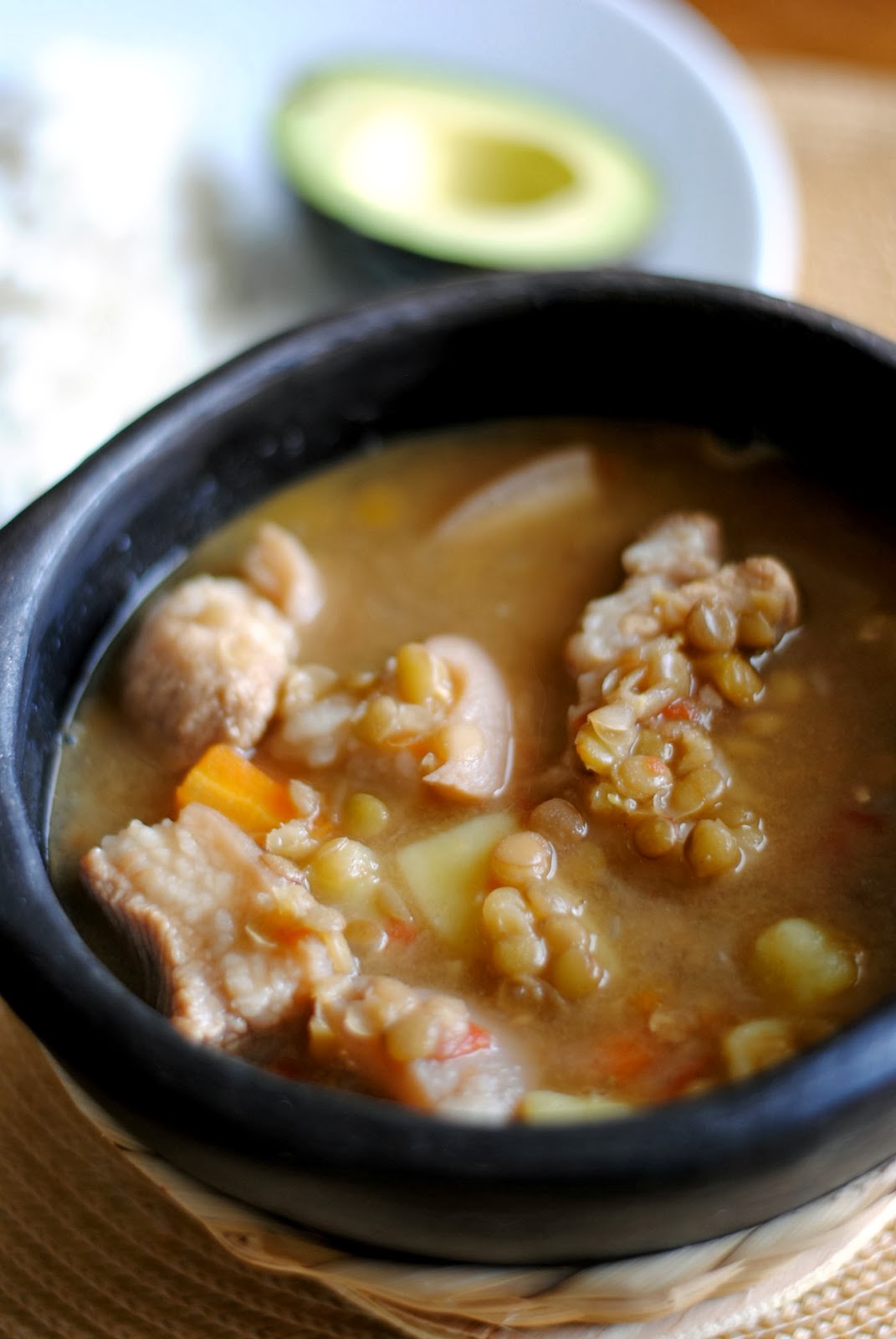
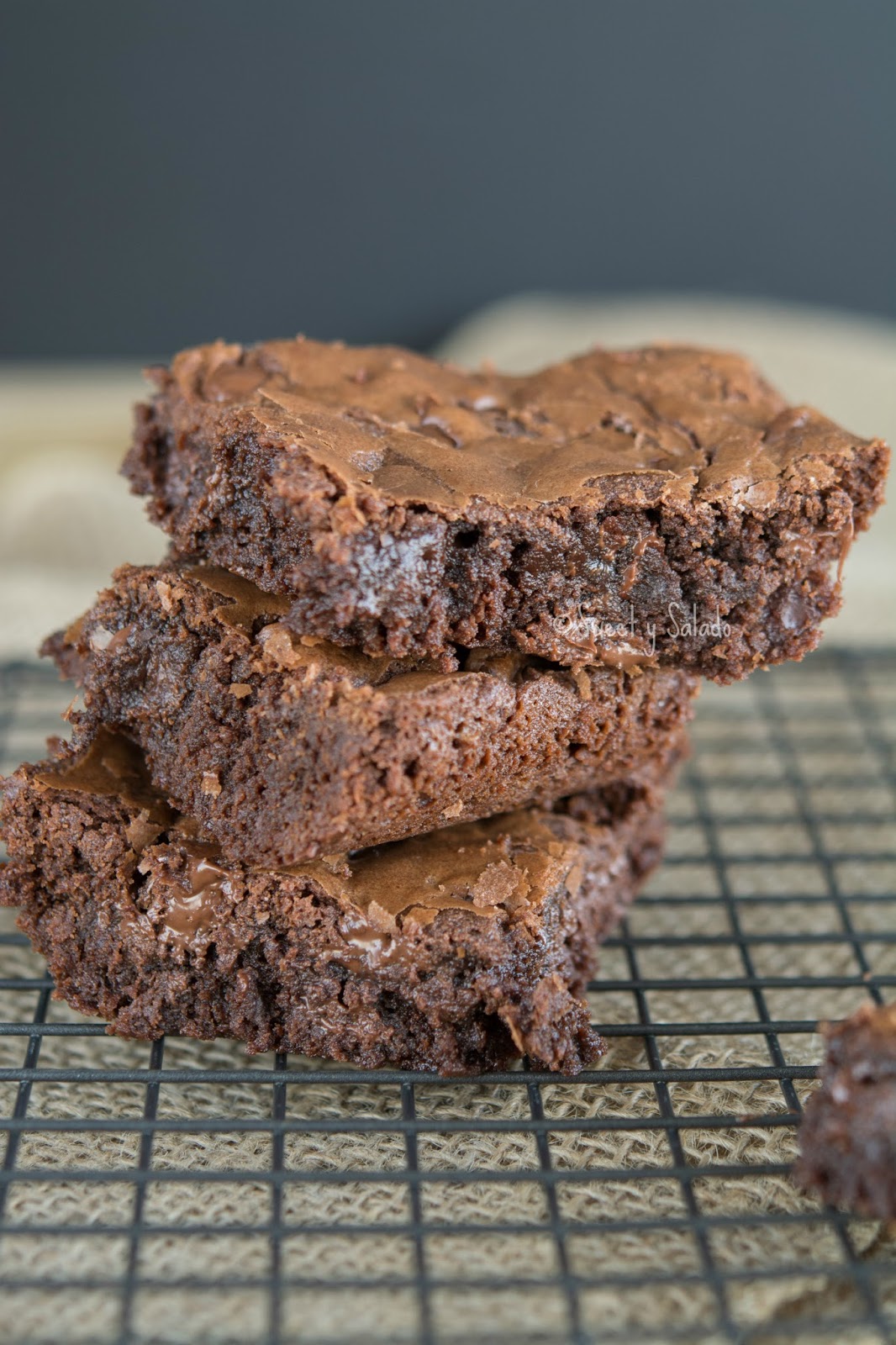
Thank you so much for all the recipes. I was born in Barranquilla but I was raised in Miami since I was a little girl and I just love our Colombian food. My mother passed away about 4 years ago and unfortunately I was not able to write down most of her recipes so your site has given me the opportunity to make some so thank you for sharing. I have a question about salt and pepper on the marinade and the guiso for the tamales. I have a hard time deciding when it says “to taste” what would be the rule of thumb?
Hi Karen! So glad to hear you have found the recipes to be so helpful. When it comes to taste, I mean exactly that… to taste, so you will have to taste it. I know it sounds icky at first but just season with what you think should be enough, grab a clean spoon and then taste it. As long as you don’t have raw meat in it, you should be fine. For the marinade start with about 1 tbsp of salt and a bit less of pepper. With the masa, same thing. And with the guiso, start with 1 tsp at a time. Then as you taste, you can add more until it tastes just right.
Hola!
Do you have a recipe for making Colombian Chorizo? A few of your recipes call for it, but I live in California and I can only find Mexican spicy chorizo here, of course.😊 I just need the ingredients and amounts list for a small batch, I know how to make sausages, and I intend to just make some paddies for Sunday breakfast with Arepas, the recipe from your site.
Muchas gracias!
The recipe is almost illegible fue to the amount and placement of the ads!!
Try your desktop, a lot less ads.